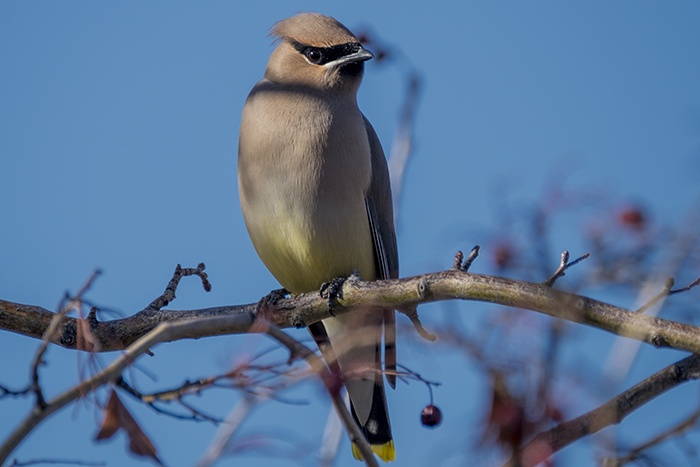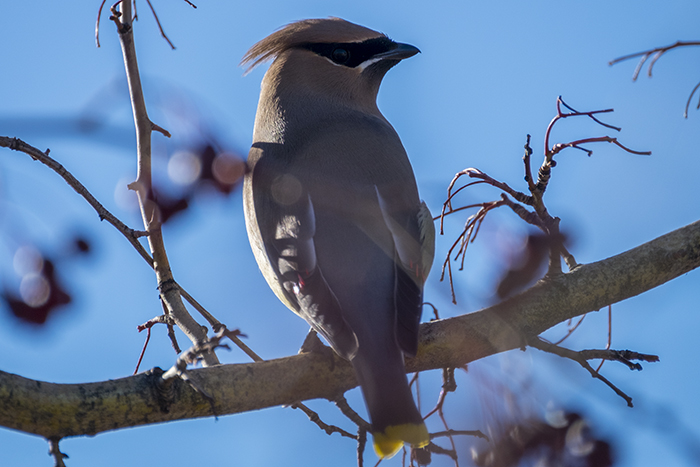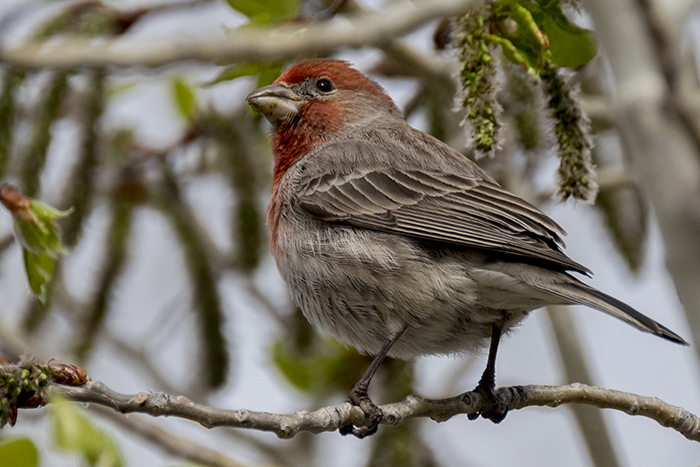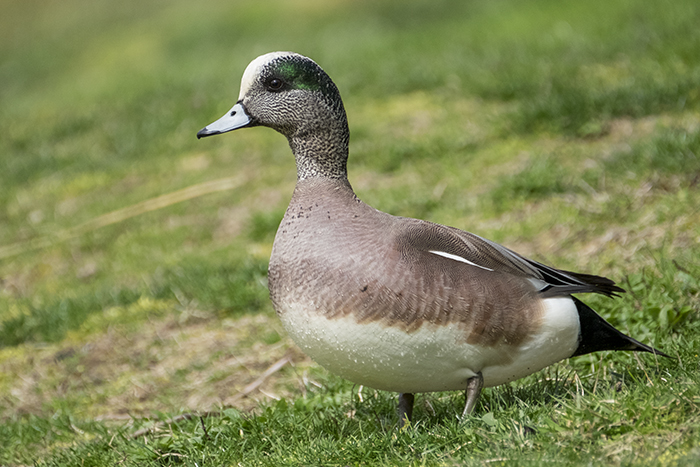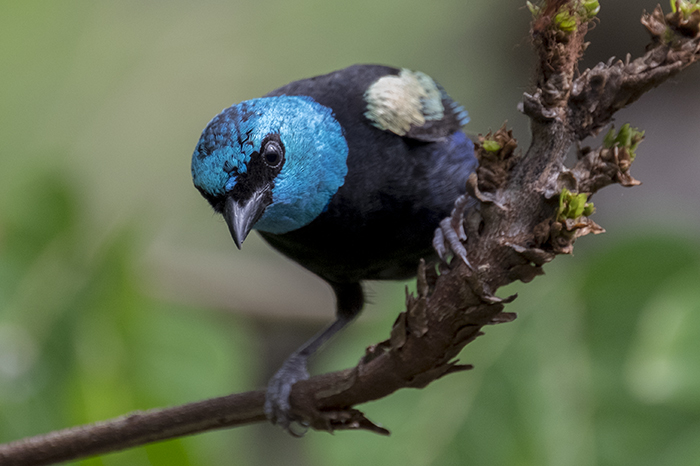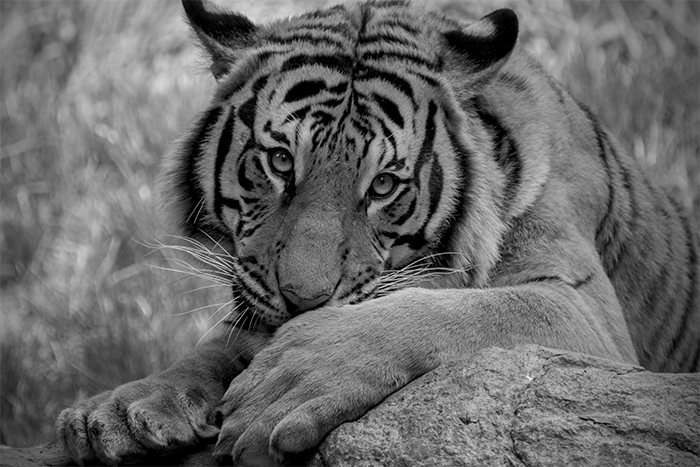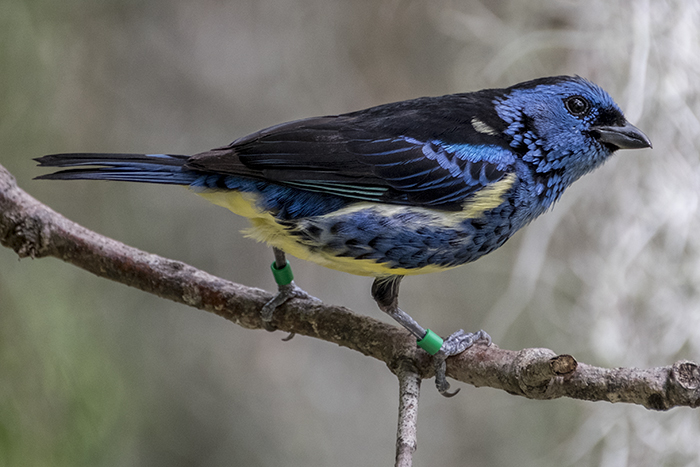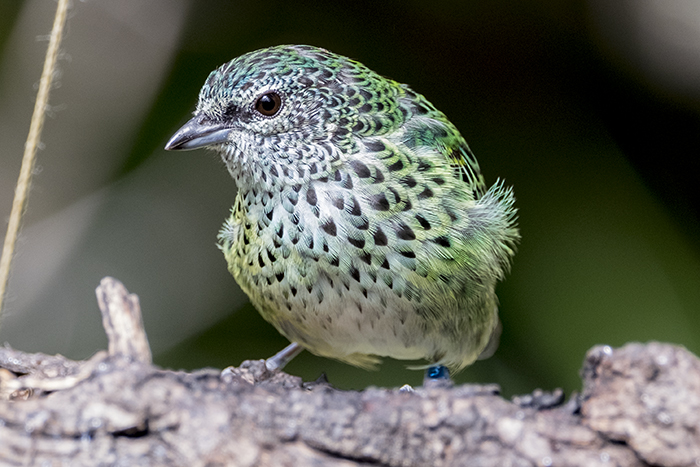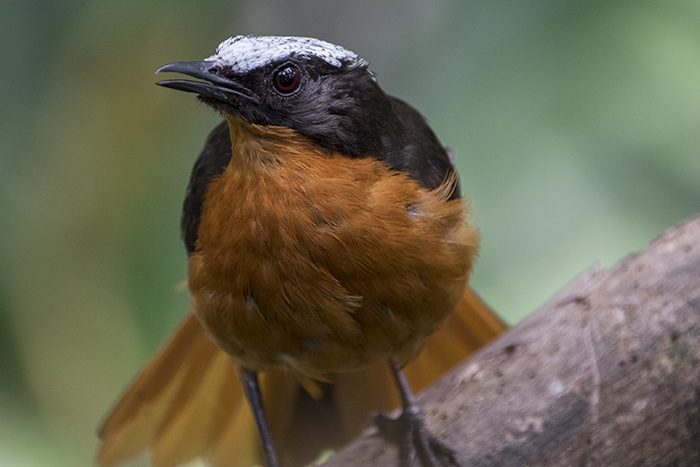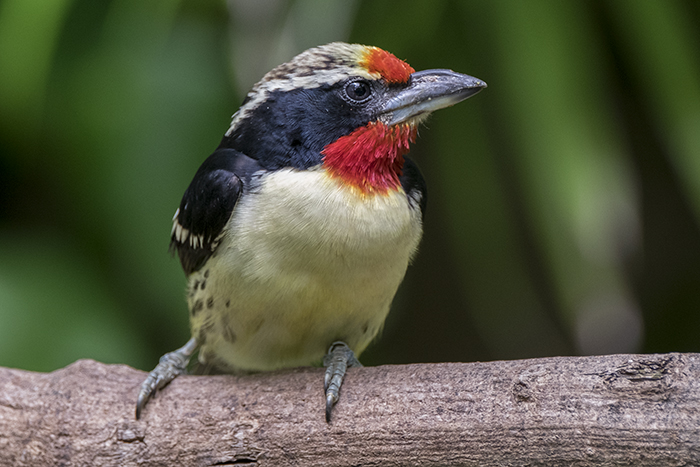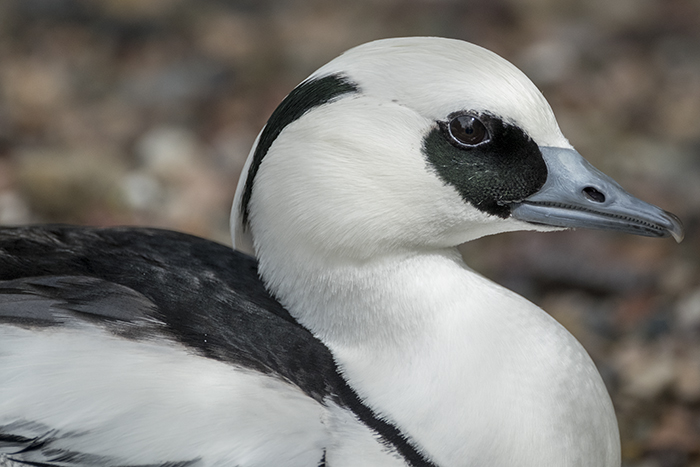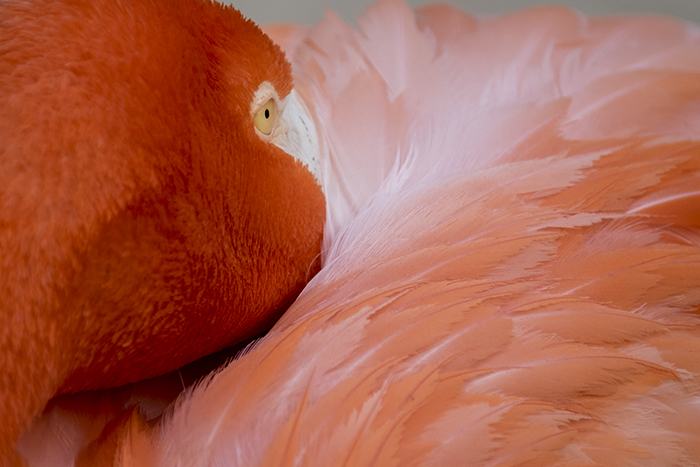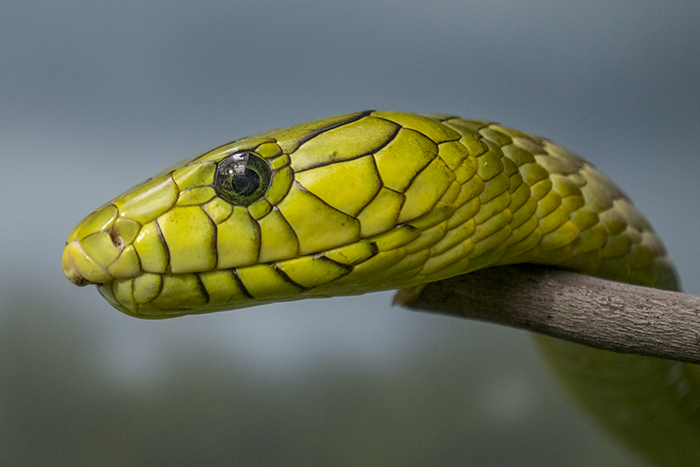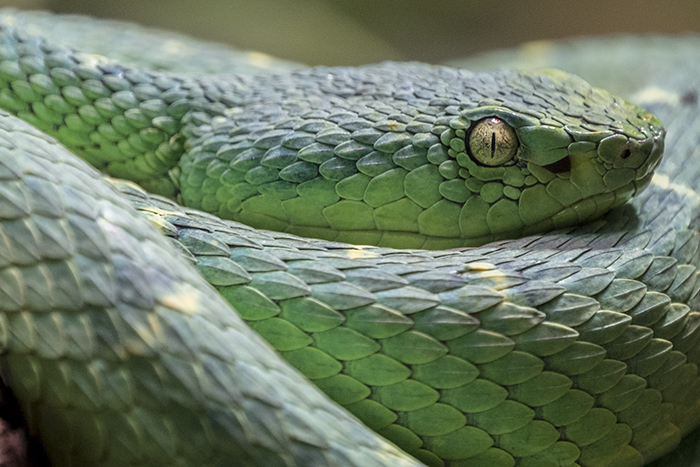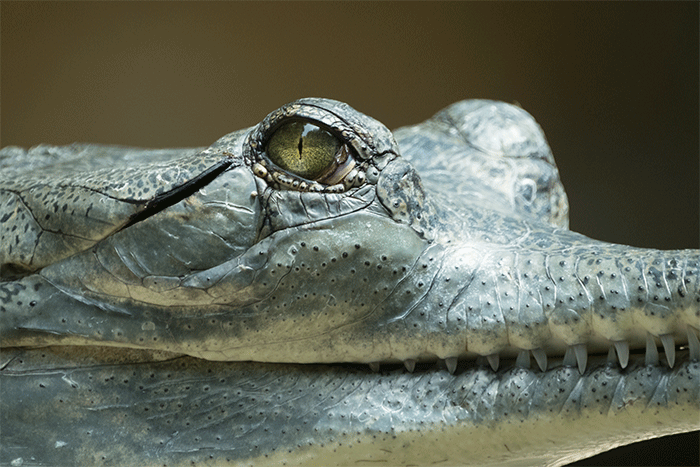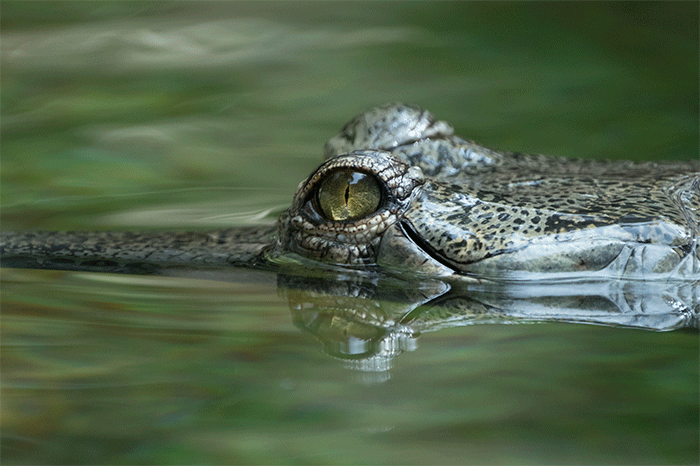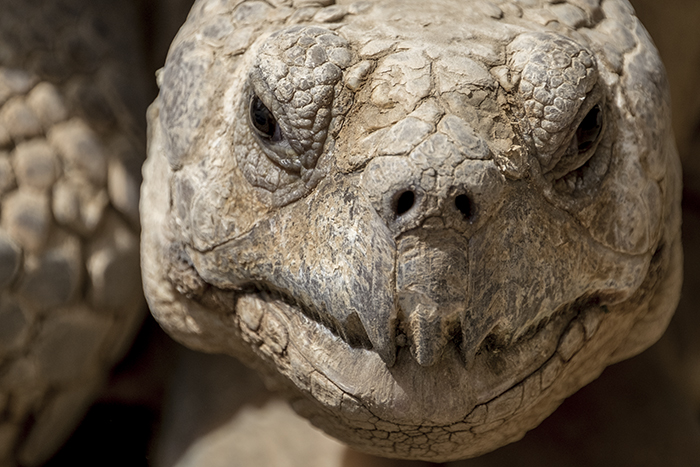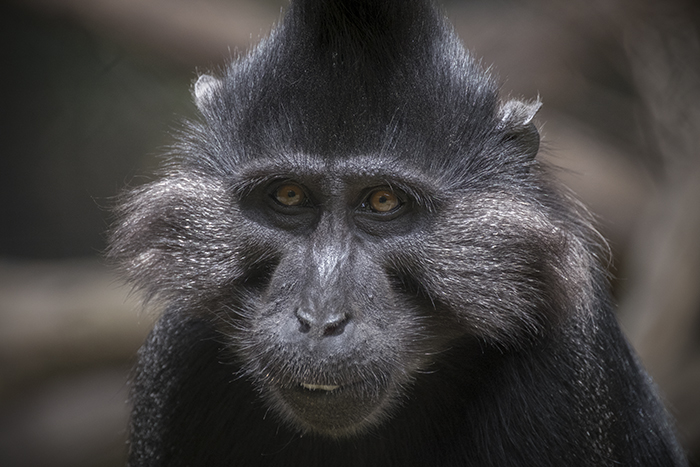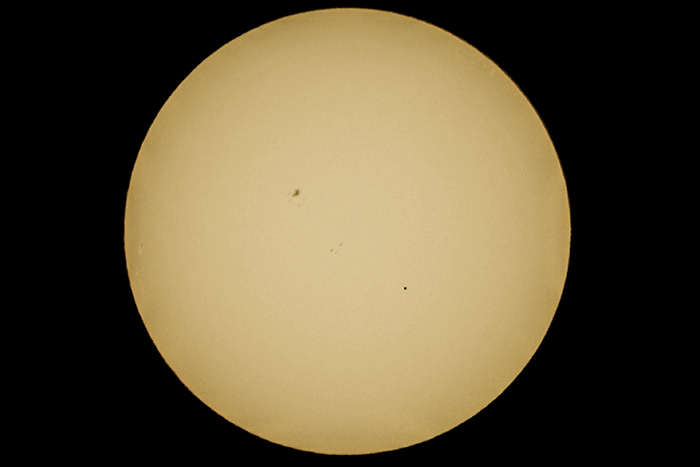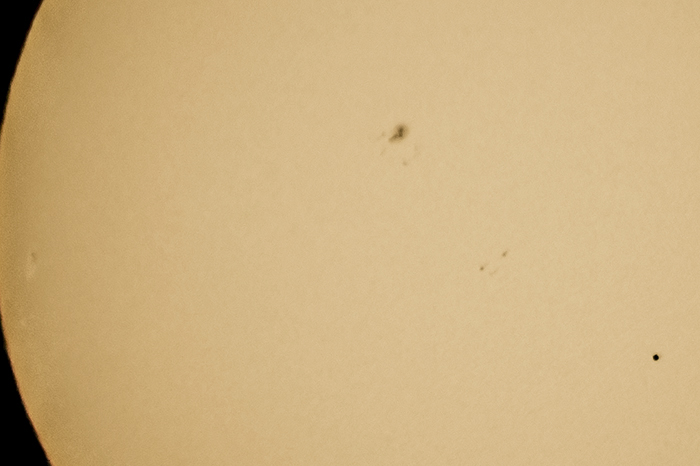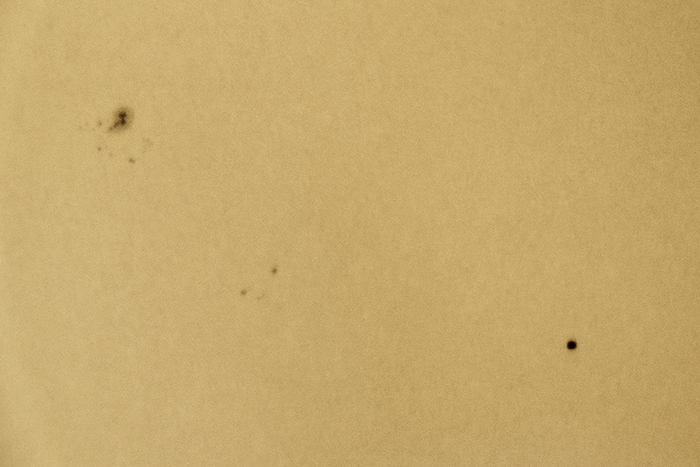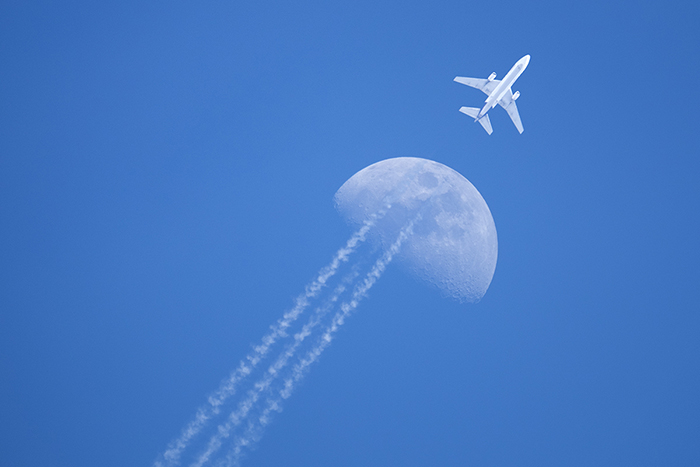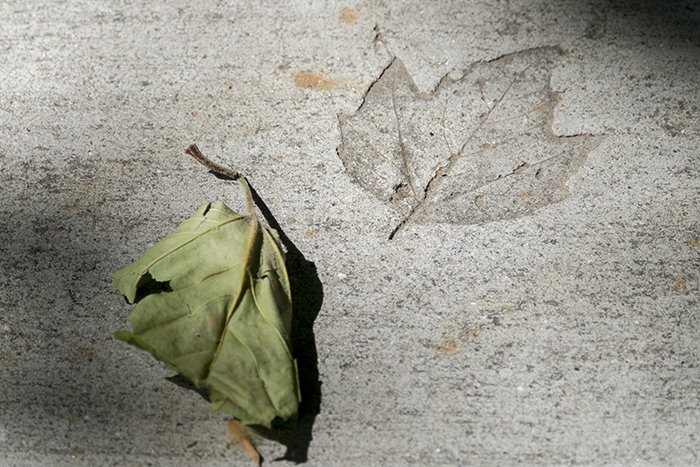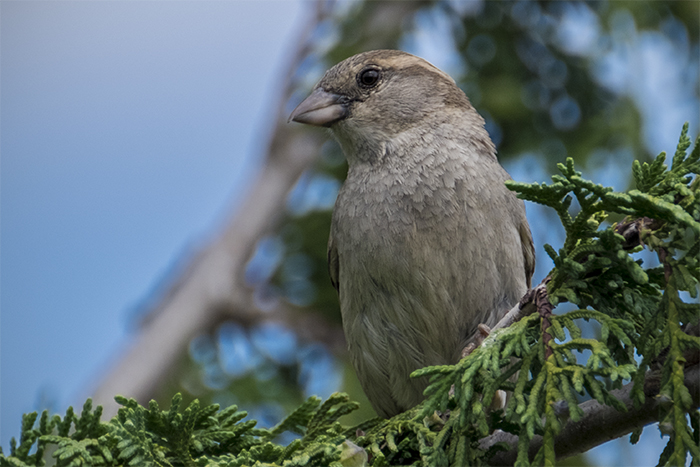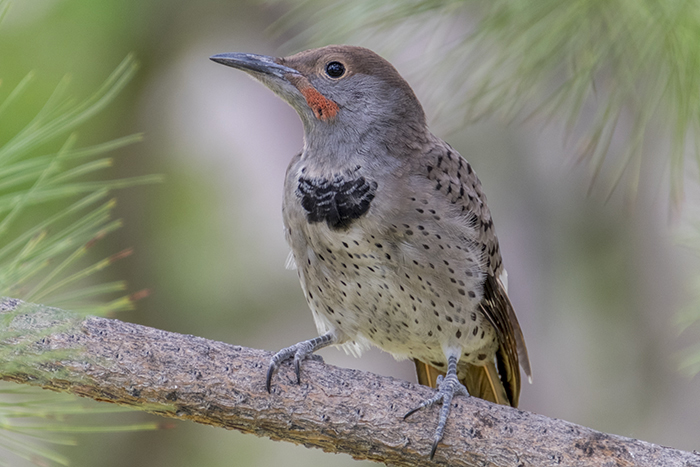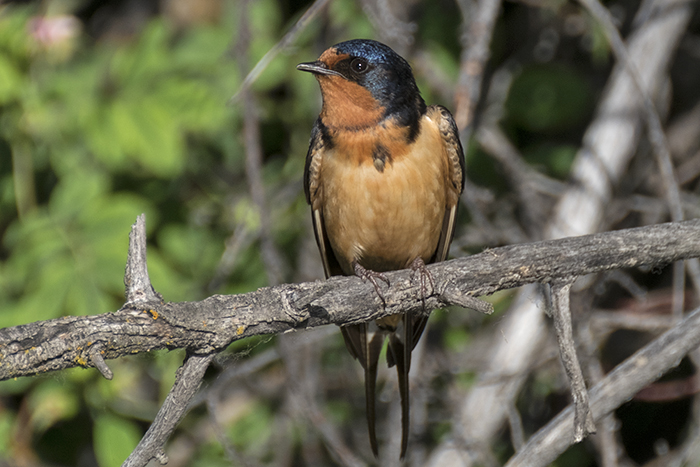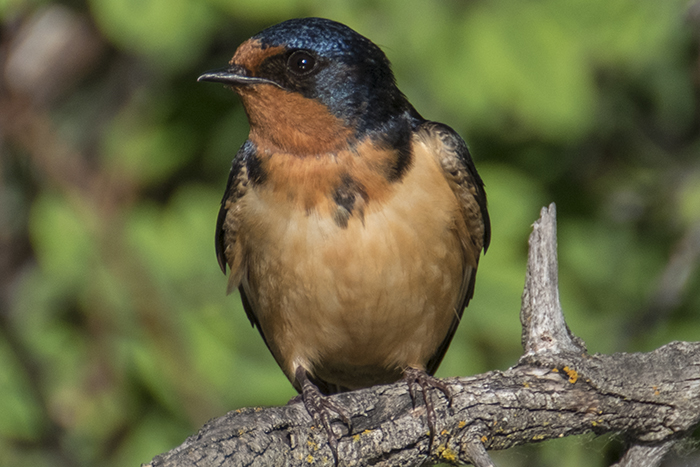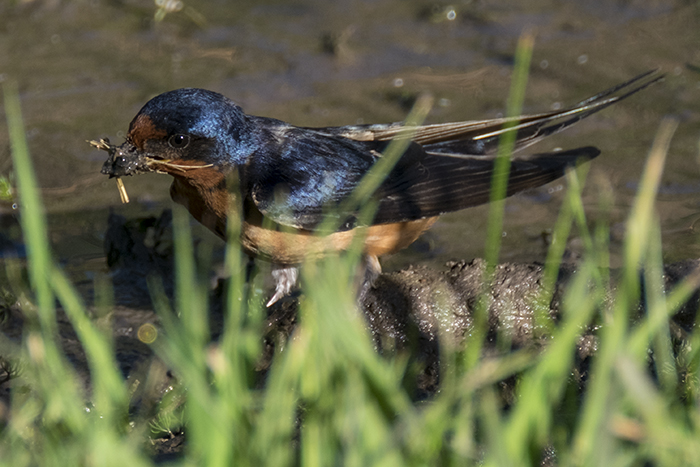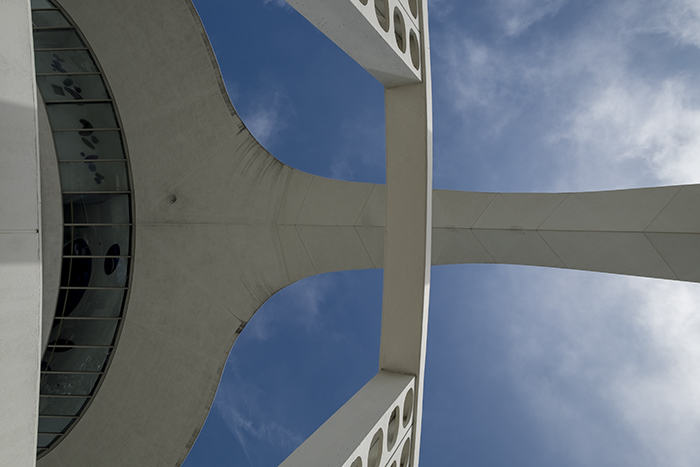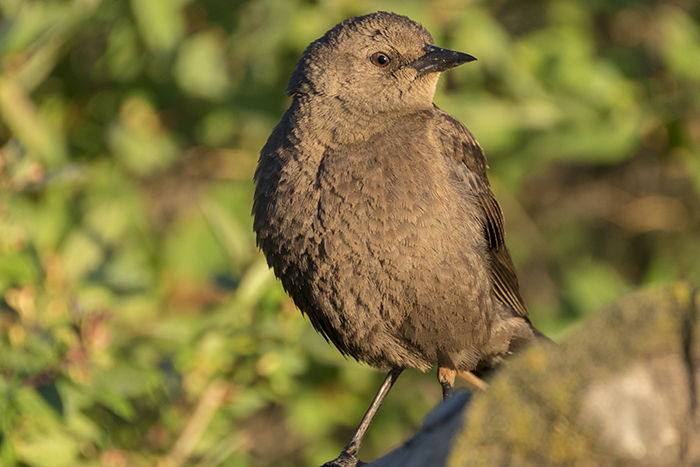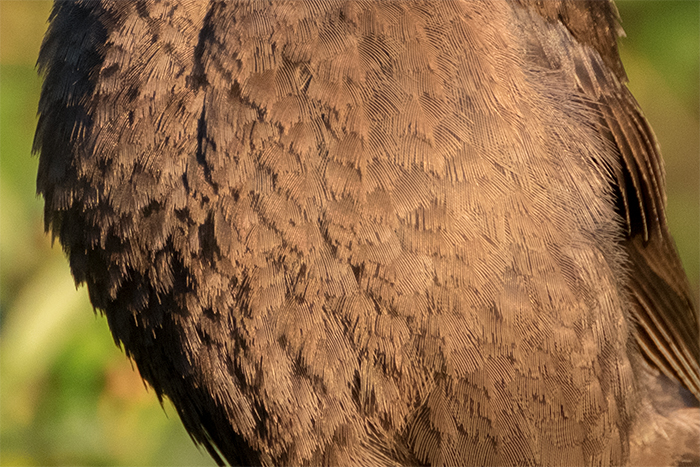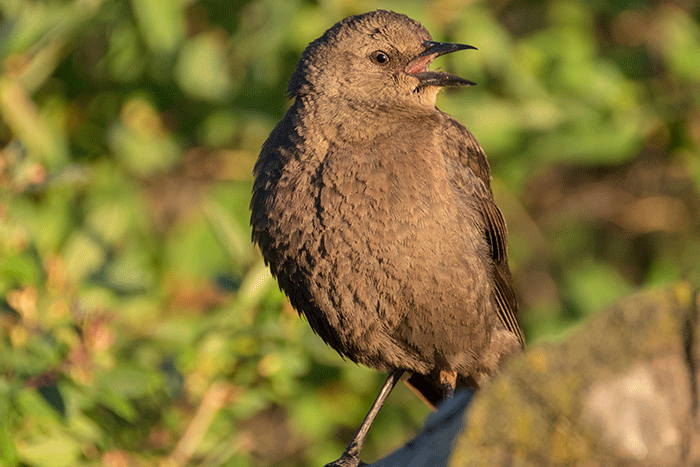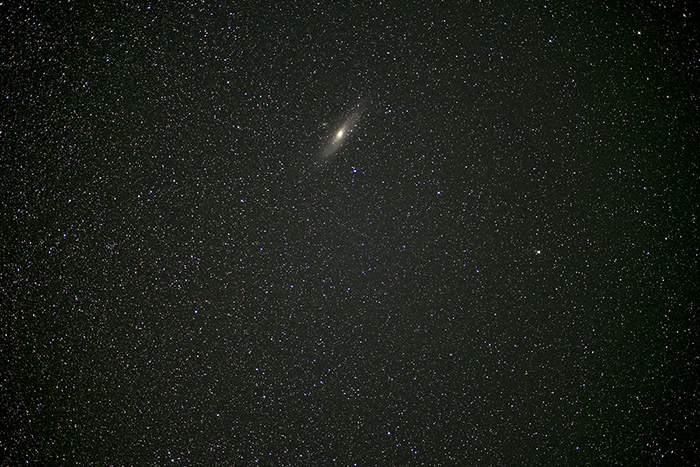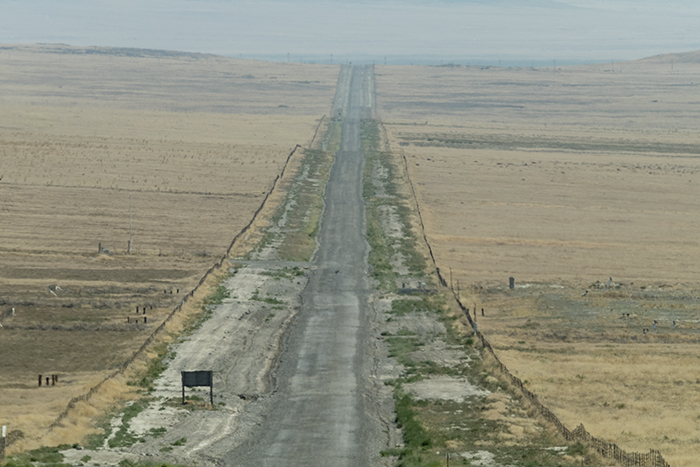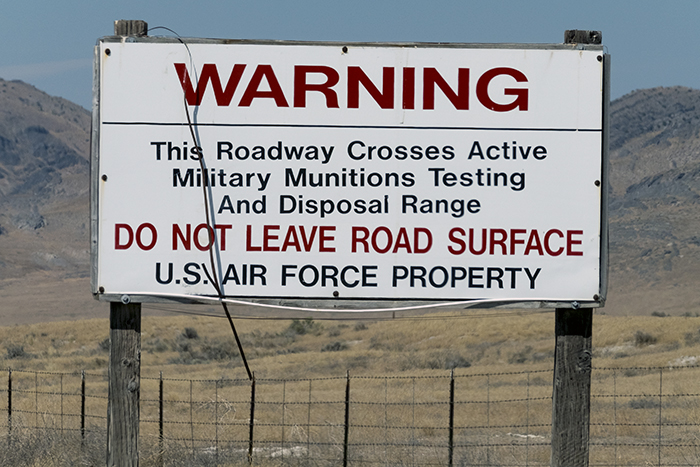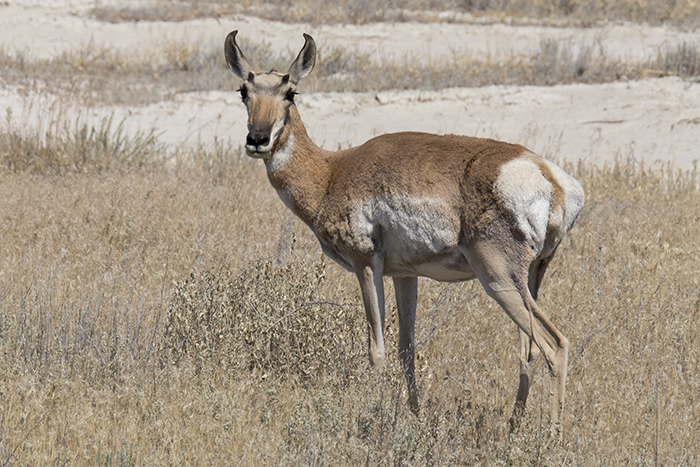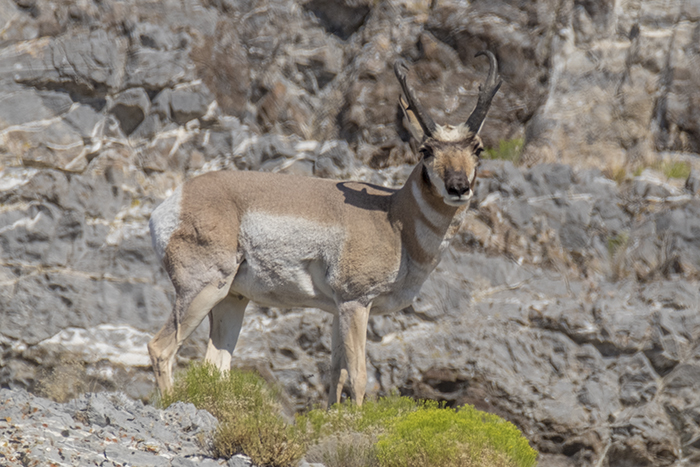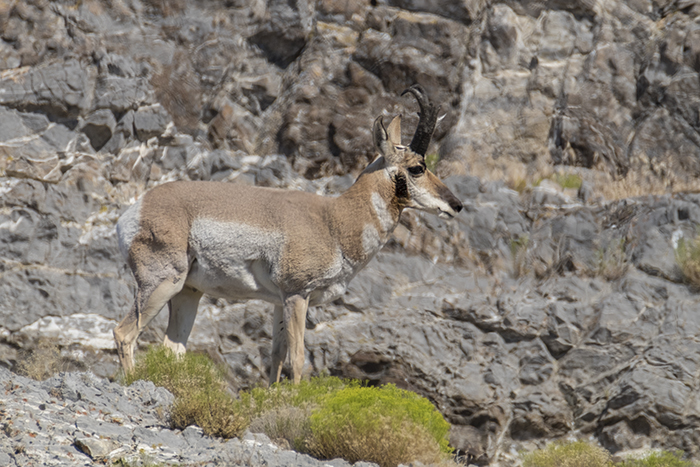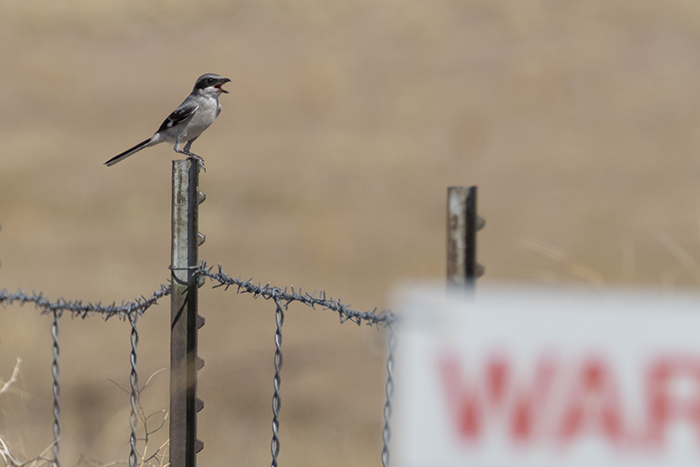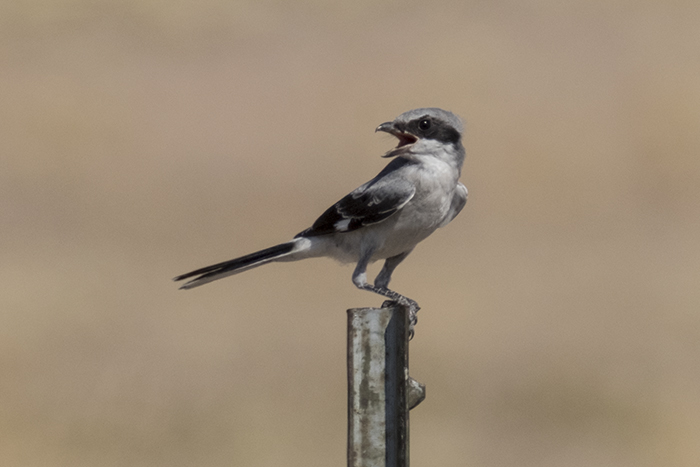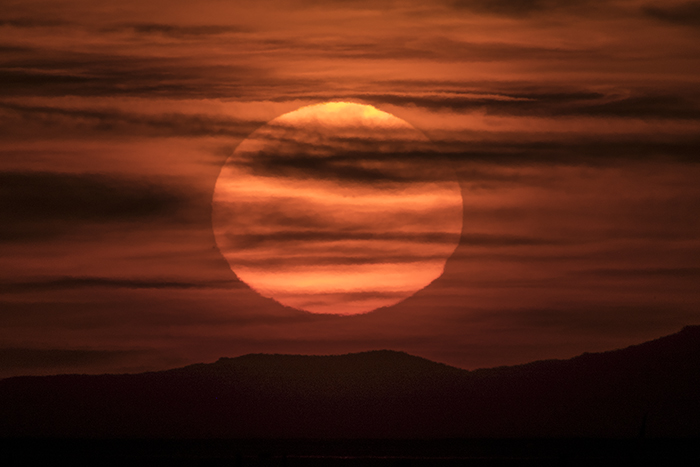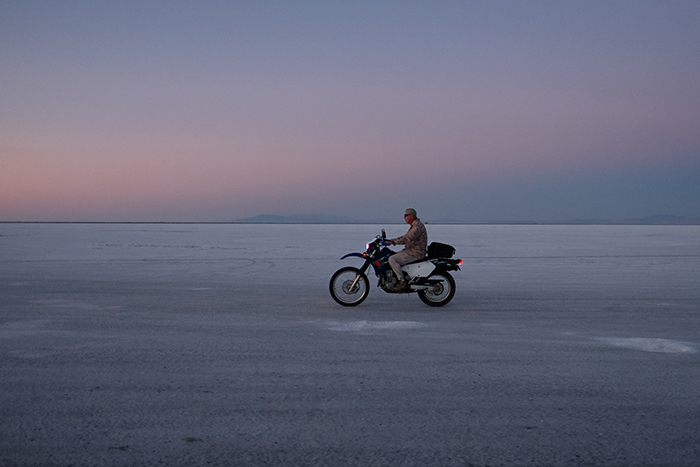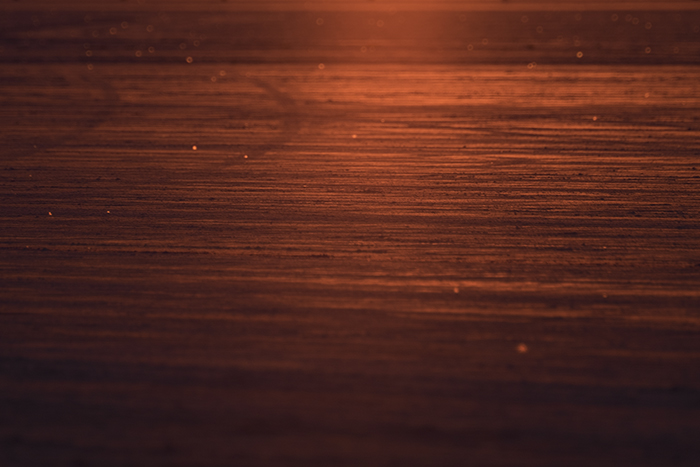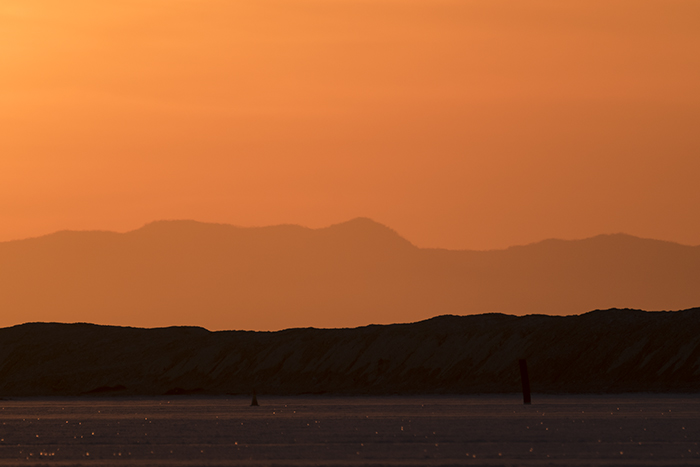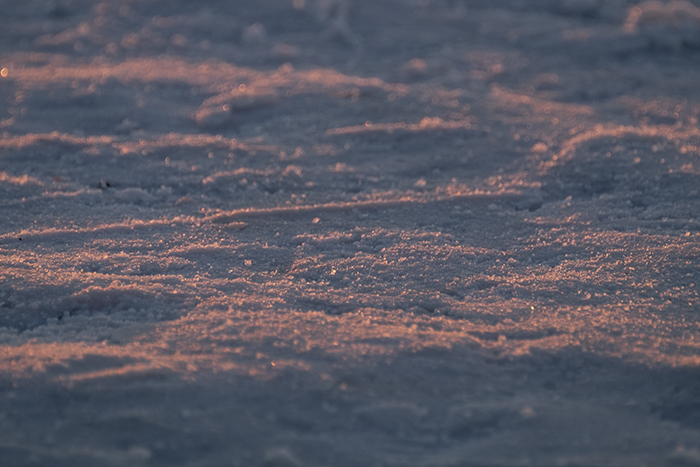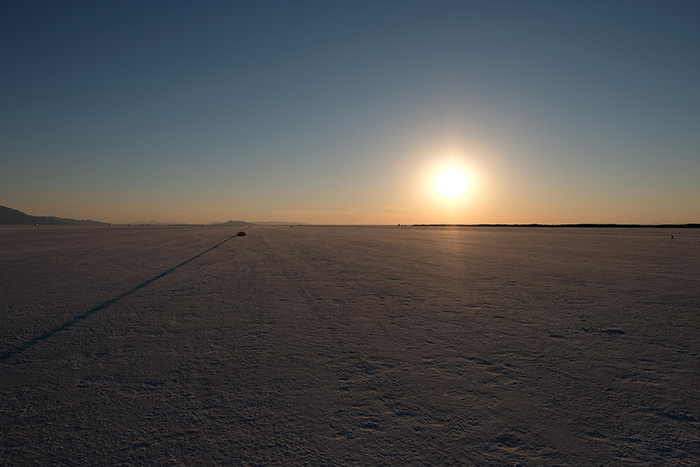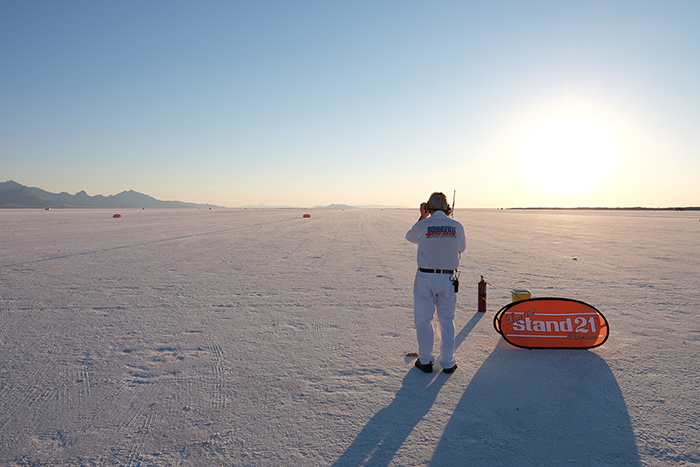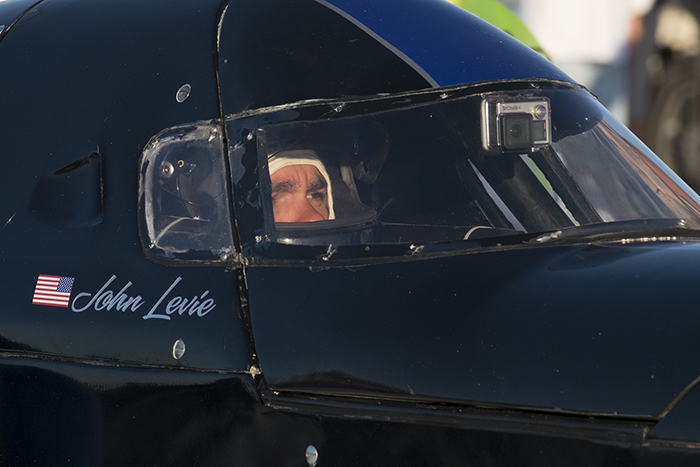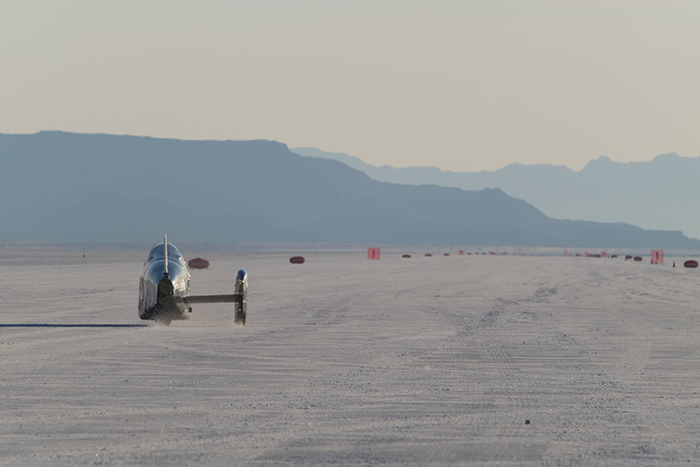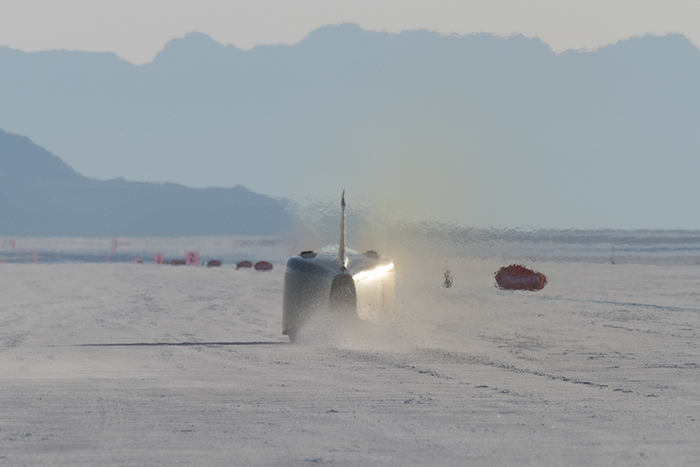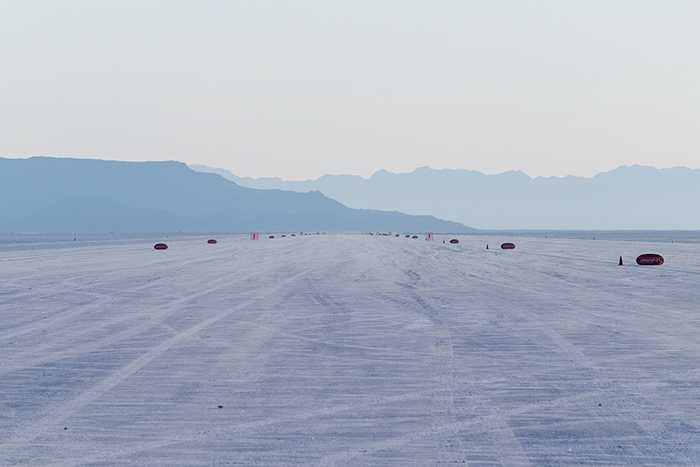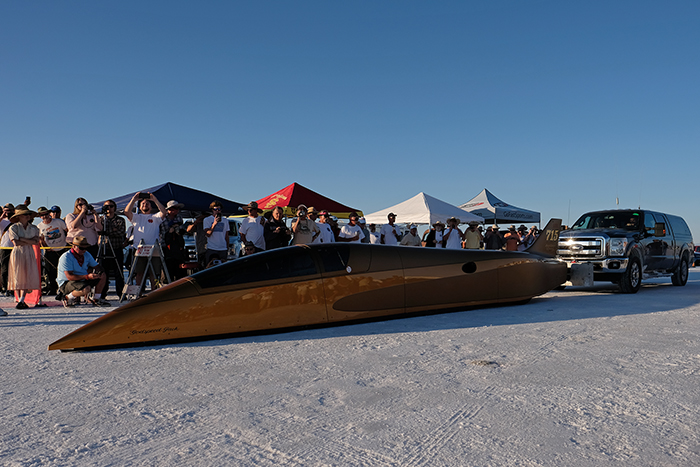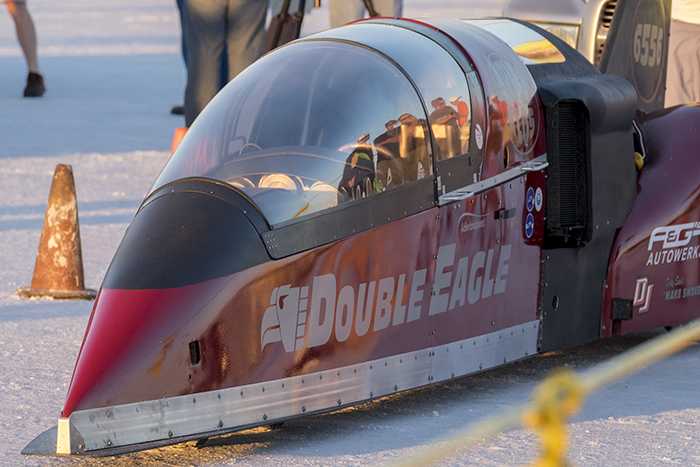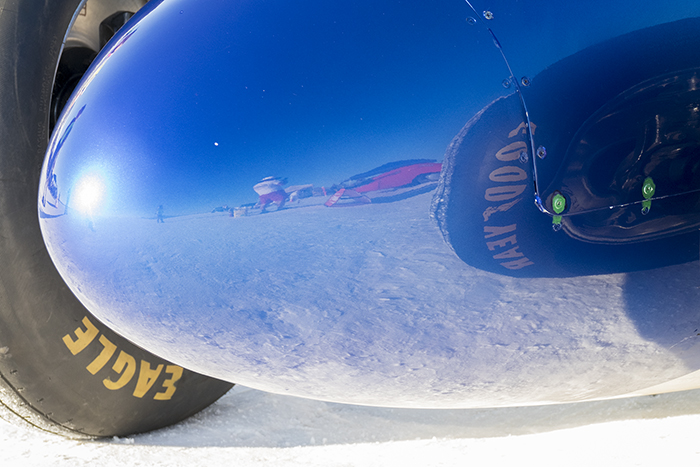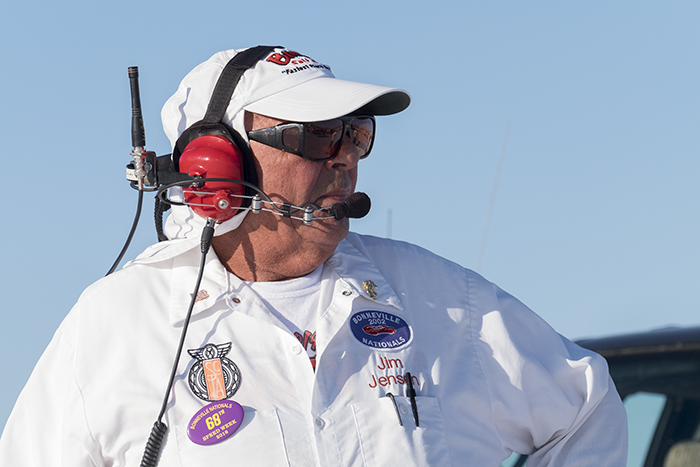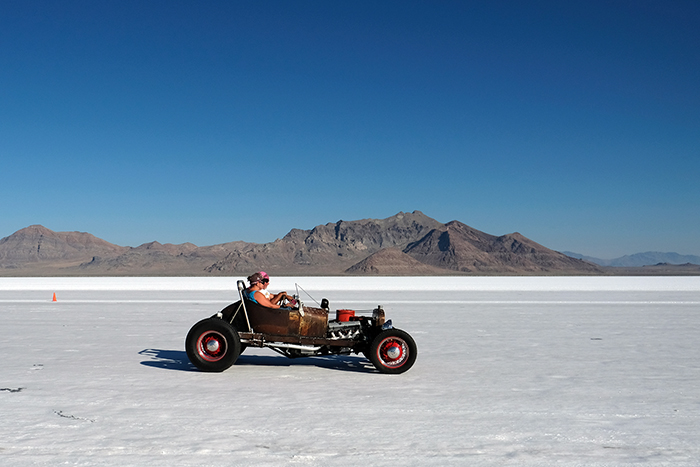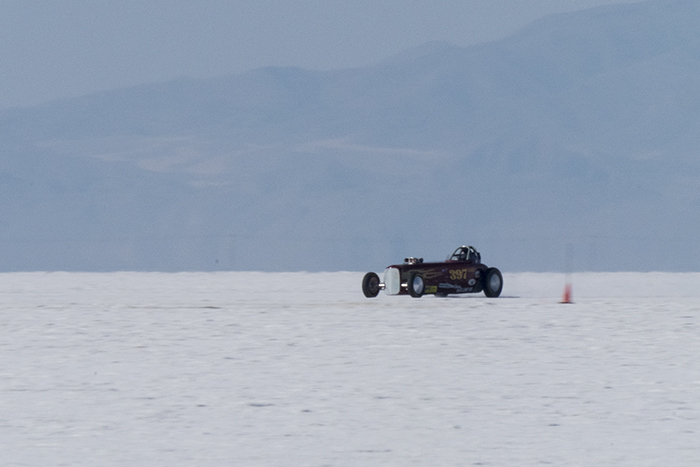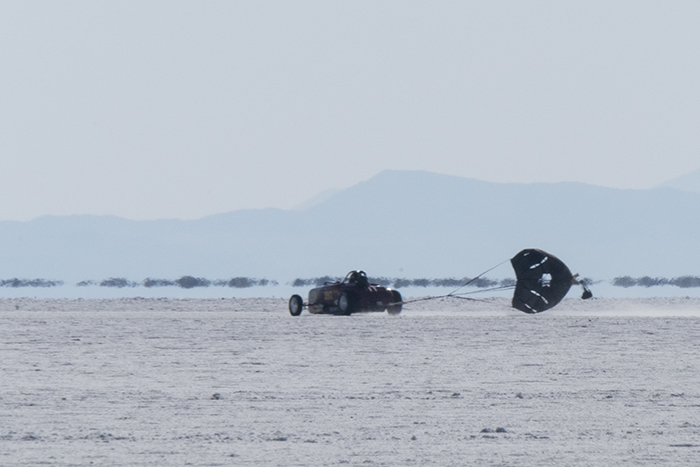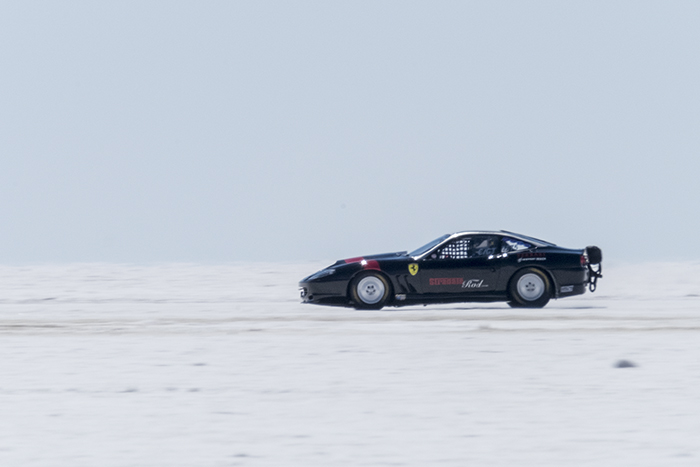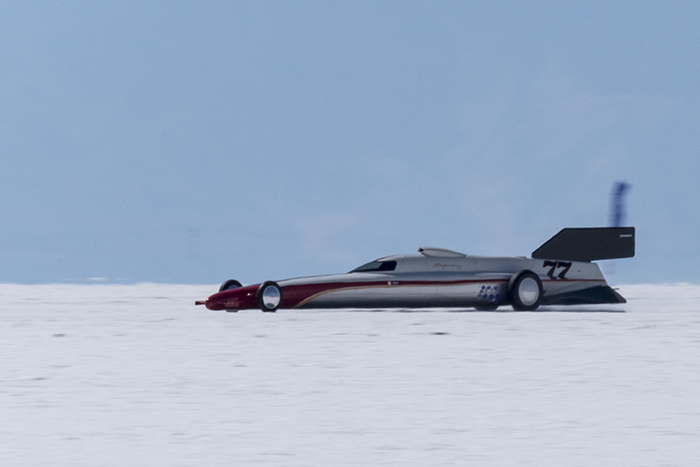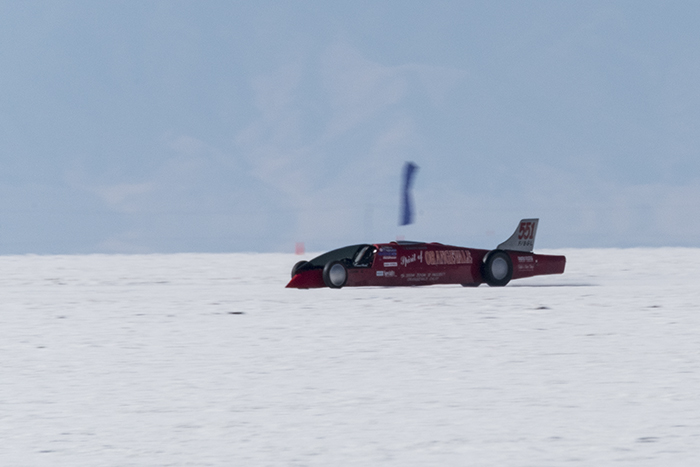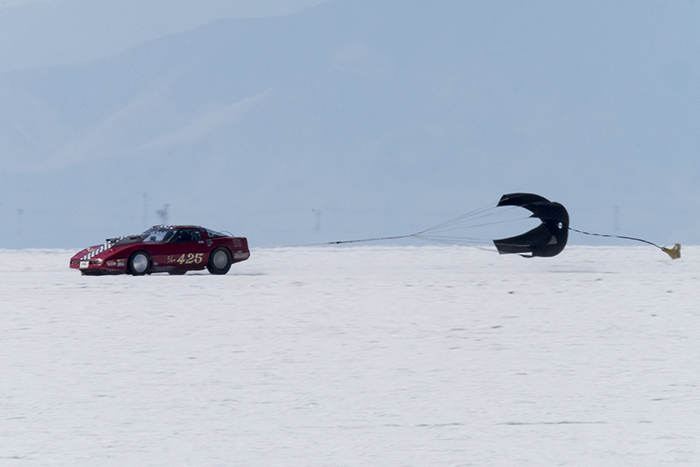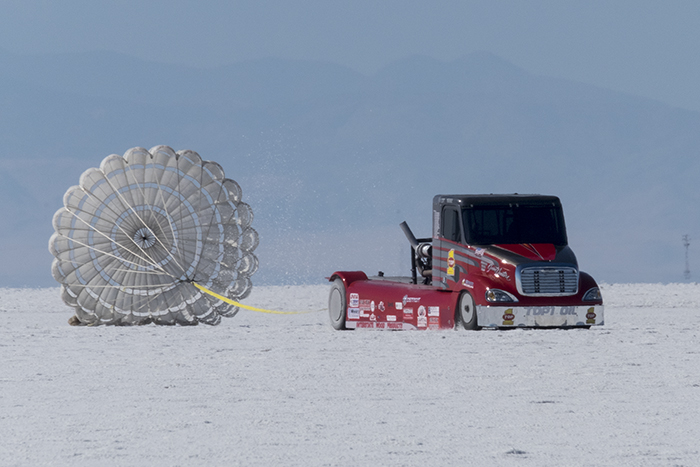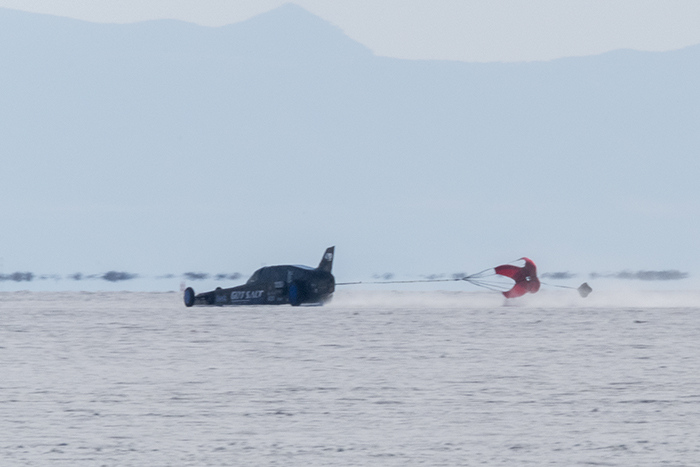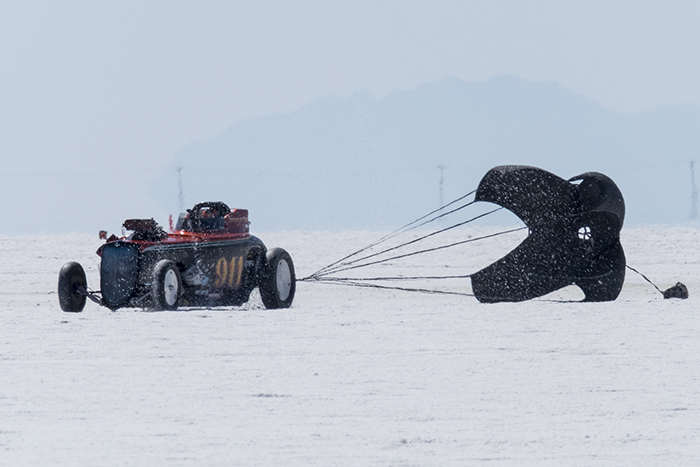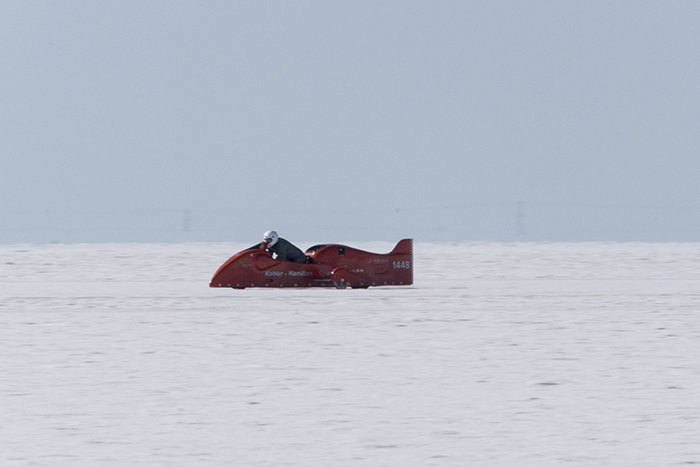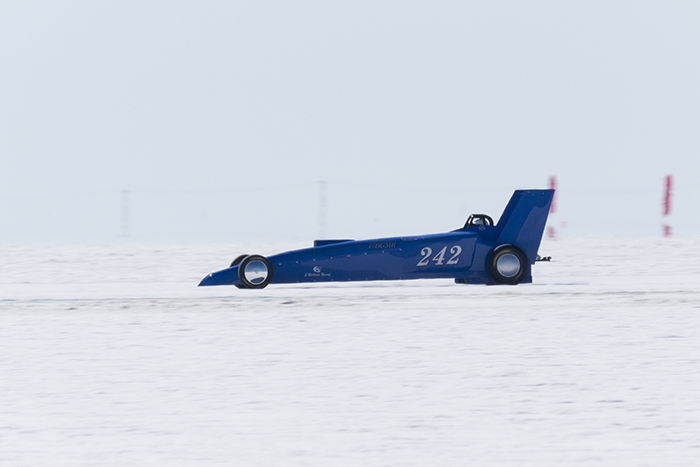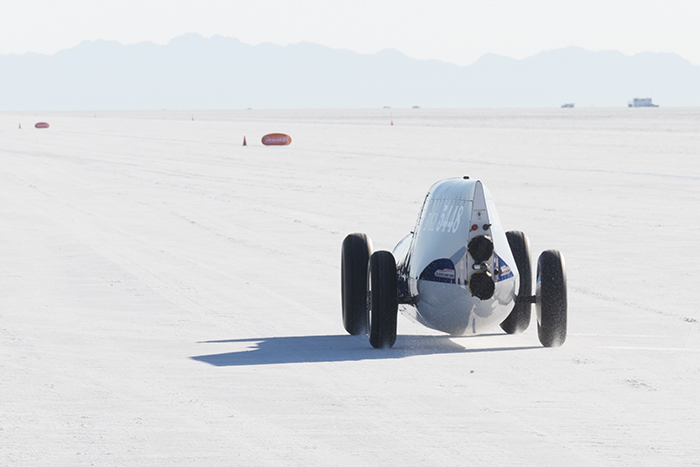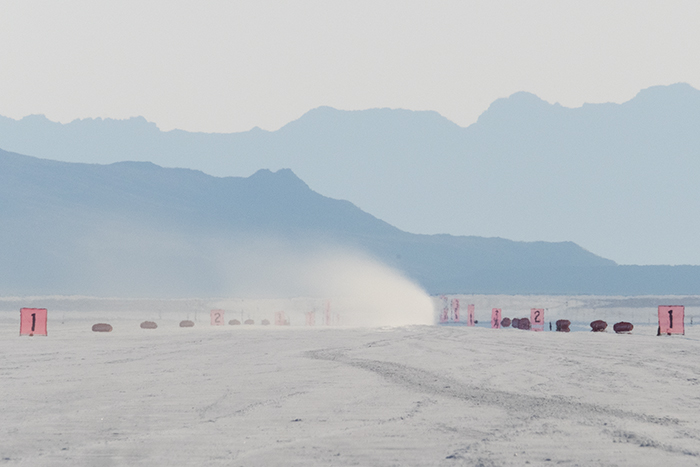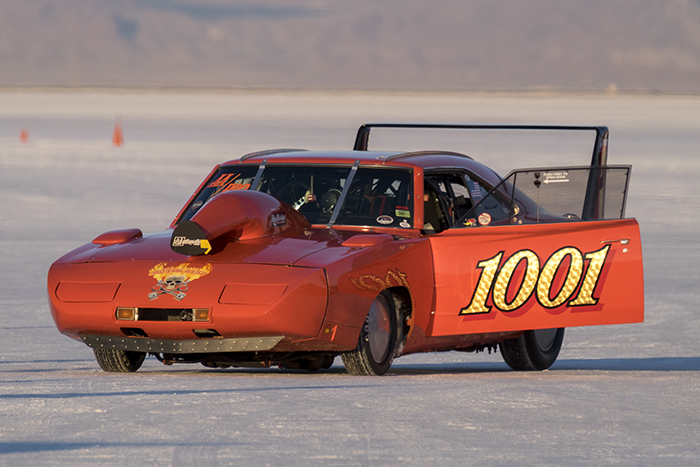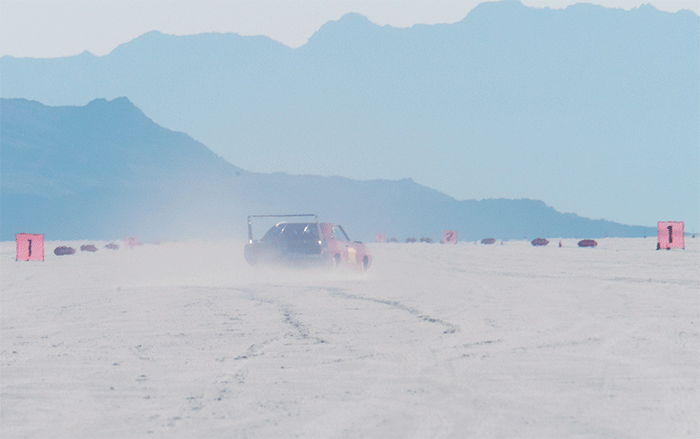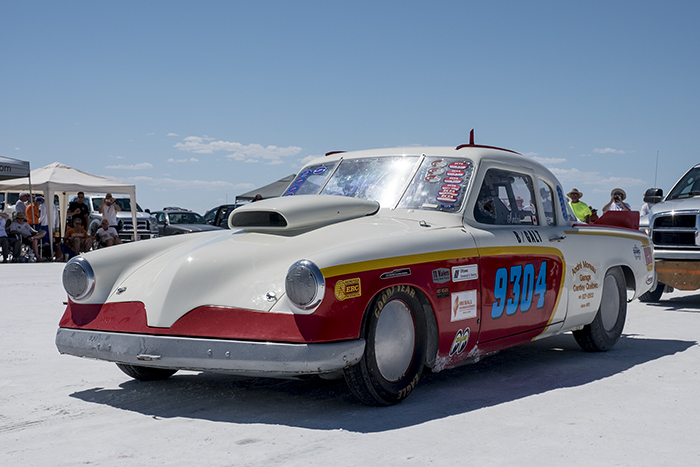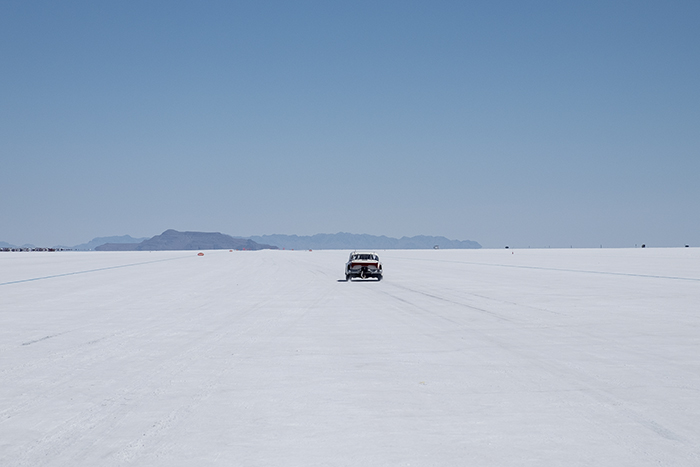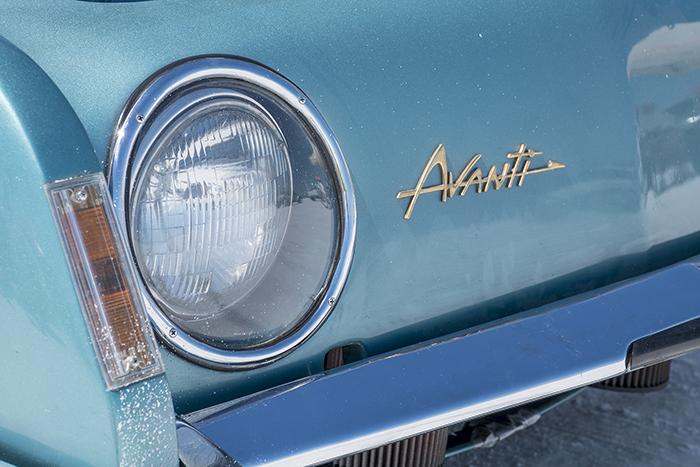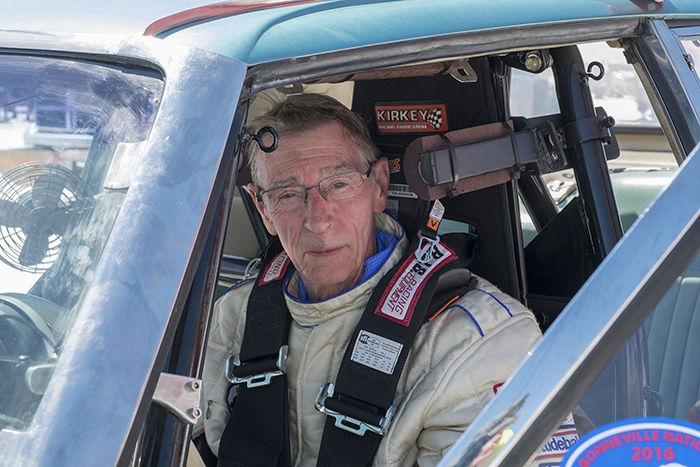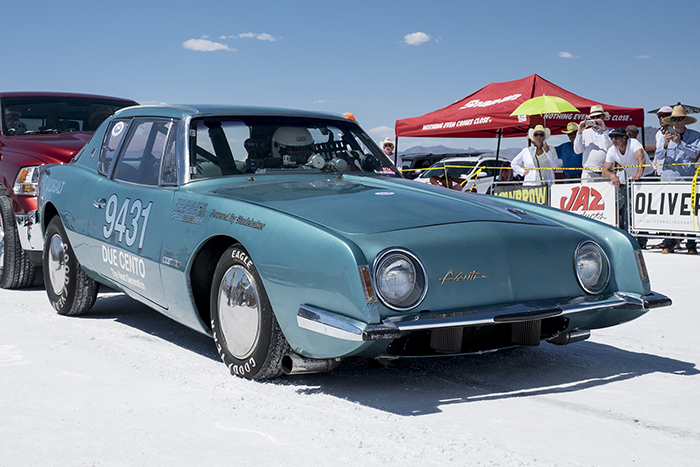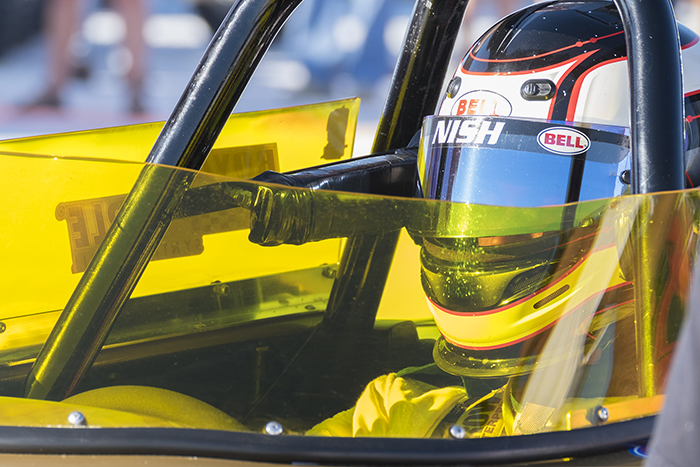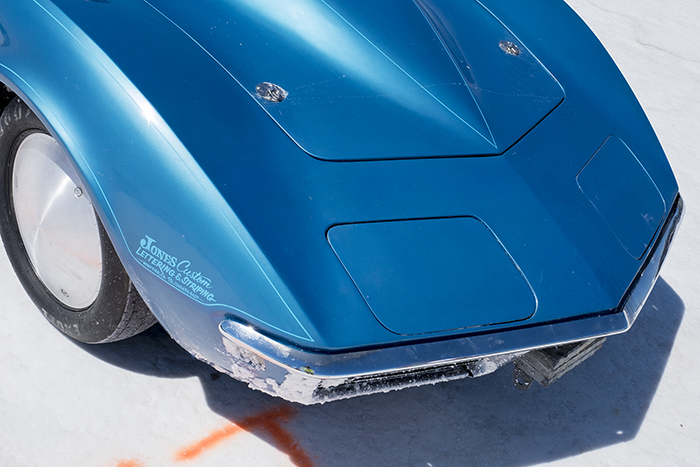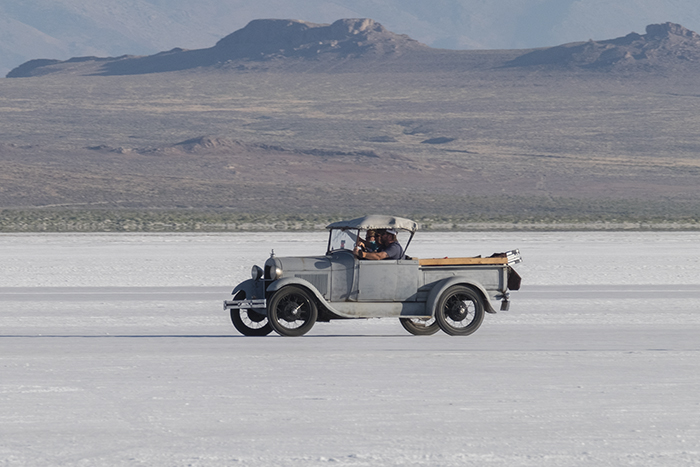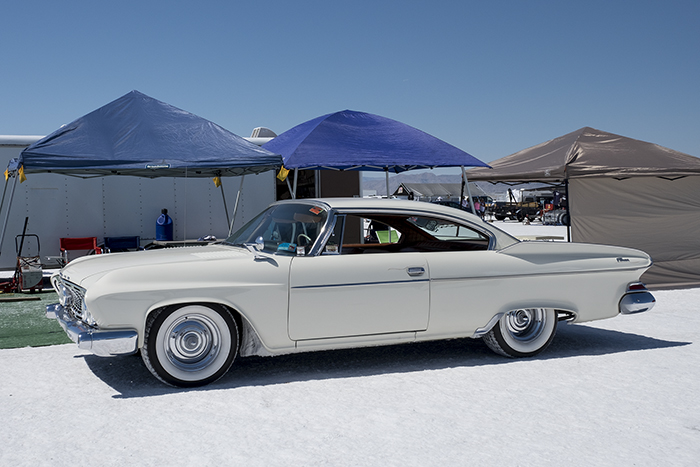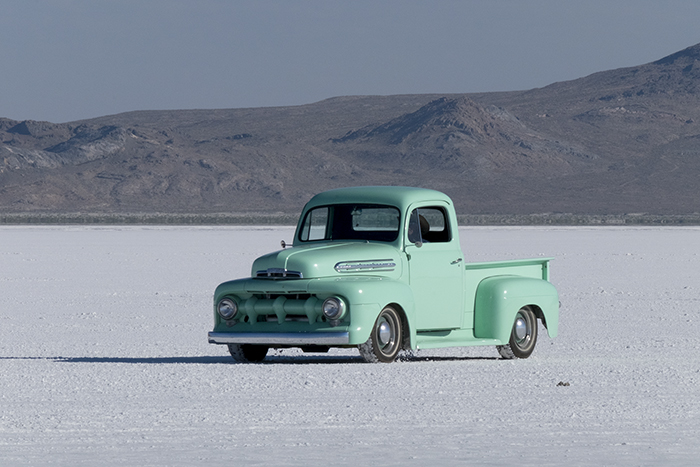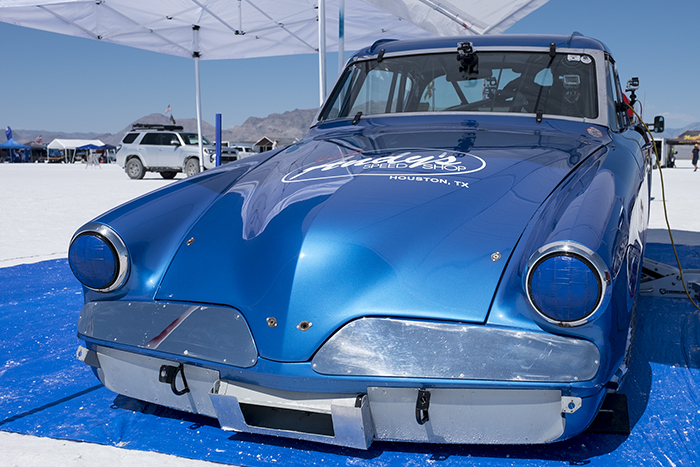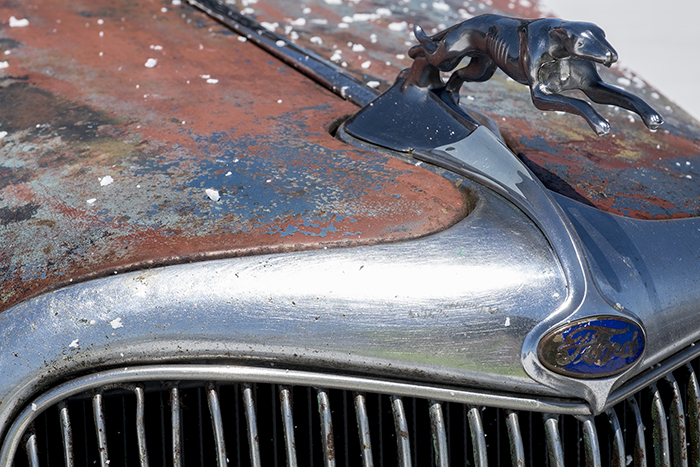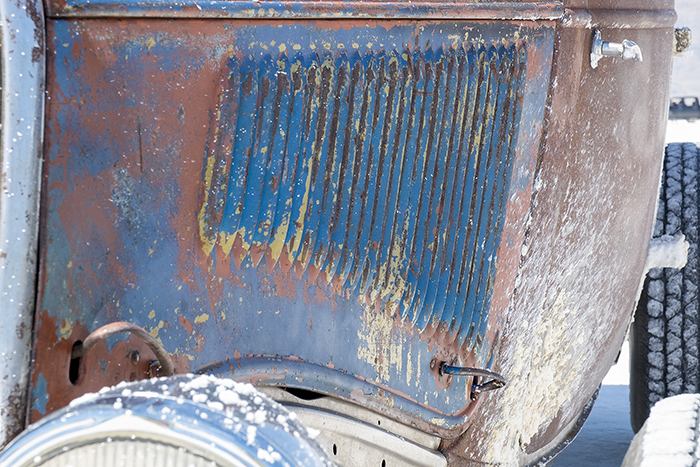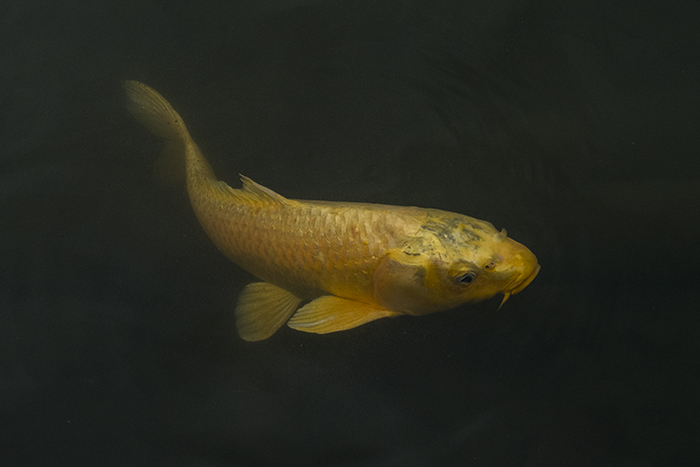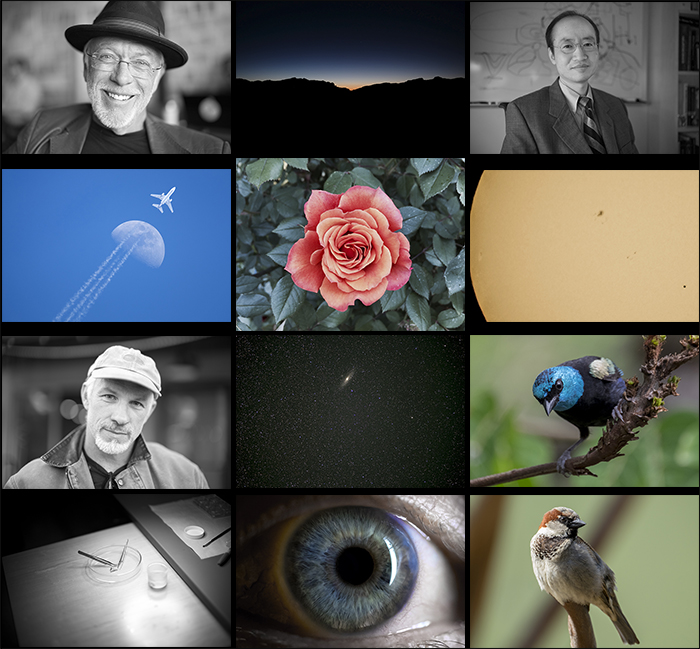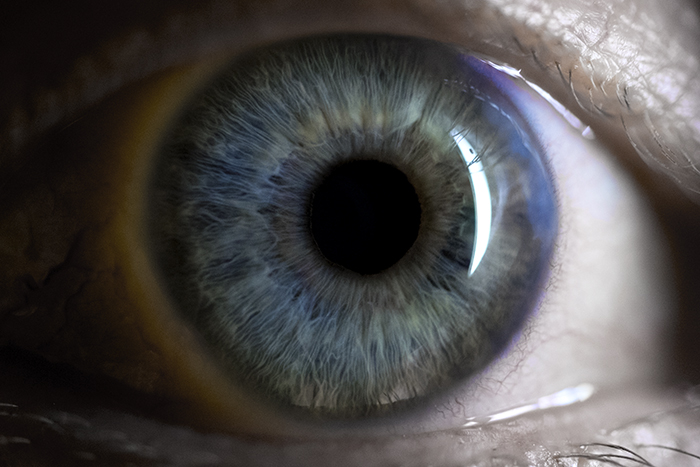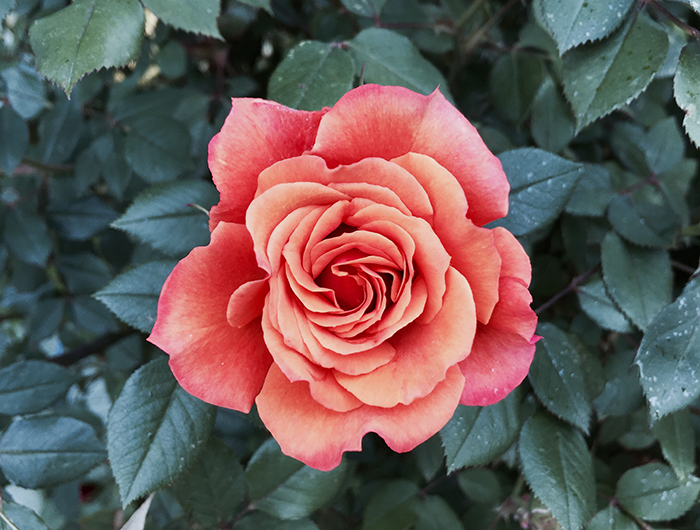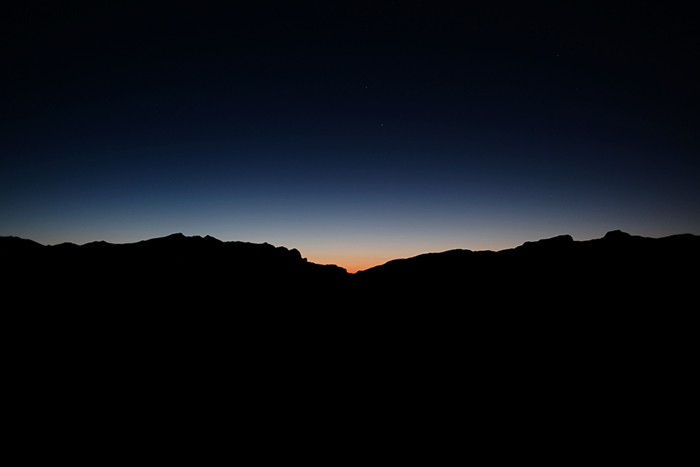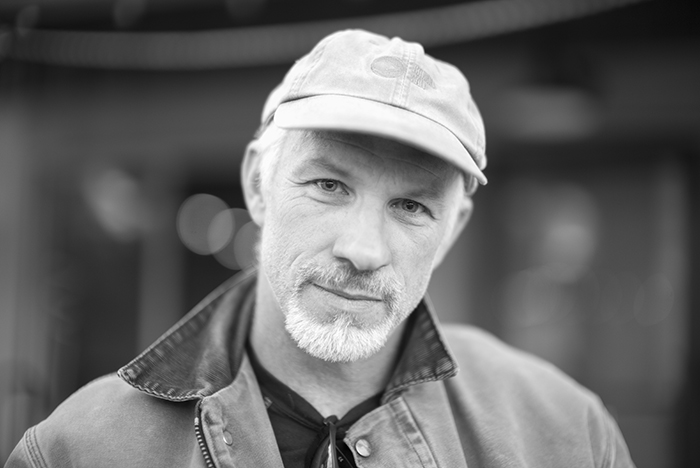![]()
In last years Top Photos post, I began with: “This was a brutal year”. Little did I know that 2016 would top 2015 in its difficulty. The process of work, writing manuscripts and grants became all consuming this year and the only small personal photo project I’ve been able to engage in was one where people came to visit me… in my office. One image from that project made it into my top images of the year post. The other images were made at various points in the year as opportunistic or discrete images, not part of any specific project or effort.
News from the science front is promising with a *very good* score on our remodeling renewal (1%). This sort of guarantees funding for that grant unless Trump’s administration really screws things up which has a non-zero chance of happening given his past management record, which leads us to the end of the year which has certainly been marred by the election. That event created a deep feeling of cognitive dissonance that has influenced my outlook. My goal for 2017 is to pick myself up along with the rest of the majority of Americans who did not vote for Trump and continue to work and be an influence for good, fighting the good fight. We have three other grants that we are waiting to hear on, a connectomics grant, a software development grant and a private grant from Research to Prevent Blindness, so wish us luck.
Photographically, the trend towards mirrorless cameras is certainly reflected by this selection of images. 7/12 were made with Fuji cameras, either an X-T1 or an X-Pro2. 4/12 were made with Leica cameras, either an M9-P or a Monochrom. 1/12 was made with an iPhone. I still have an use Canon cameras, but they are not in my hands as often due to the size and noise of the mirror flapping around. At the end of 2016, you have to wonder why we are still dealing with the noise pollution of flapping mirrors illustrated by this press conference. I don’t anticipate that a full-frame mirrorless camera with the prowess of the Canon 1DX series will be much smaller, simply due to the realities of lens optics and the need for electronics in lenses. But they might get a little smaller without a mirror box, and I would love to have a robust, professional build quality like the 1DX in a mirrorless solution that would allow me to use the existing Canon EF lens ecosystem and be quieter than a flapping mirror DSLR. The Leica SL feels fantastic and has a viewfinder that is class leading and feels like it was carved from a solid block of aluminum (it was). It is a camera that would meet lots of needs, but is not compatible with the Canon EF lenses, and then there is the matter of Leica service… All that said, Fuji is the camera company that “gets it” right now and has some interesting things of note coming in the medium format arena, so we’ll see what that looks like in 2017.
I am writing this post as the last minutes of 2016 tick down, but whenever you read this, I wish all of you a Happy New Year and the best in 2017. May you find what you seek. May you and your friends/family find solace and happiness in each others company and be sure to remember to photograph some of it. These moments of 2017 will never come again. Document some of them for posterity.
![]()
Camera: Fuji X-T1
Exposure: 1/35
Aperture: f/4
Focal Length: 50mm
ISO: 2,500
This image of H’s eye was made in our front room. I had intended to do more macro photography this year, but this was one of very few macro images that were made. That said, I loved the detail and simplicity of this image. It may be cliché, but eyes are what I study.
![]()
Camera: Leica M9
Exposure: 1/45
Aperture: f/1.4
Focal Length: 35mm
ISO: 800
Steven Tsang sat for an in my office portrait on a visit to the Moran Eye Center. I chose this image as a representative of the In my Office series as out of all the exposures from my Leica M9-P, this image might have the nicest tones that I’ve ever seen. Also, there is something about that old CCD sensor when everything lines up just right that I just can’t put my finger on. There is a quality to the CCD images that the newer Leica CMOS based cameras don’t have.
![]()
Eastern blue necked tanager (Tangara cyanicollis)
Camera: Fuji X-T1
Exposure: 1/240
Aperture: f/8
Focal Length: 560mm (840mm equivalent) Fuji 100-400mm f/4.5-5.6 R LM OIS WR with 1.4x extender.
ISO: 1600
This is perhaps my most favorite bird photograph I’ve ever made, even though it does not qualify as a wild bird. This image was made at the San Diego Zoo and does not qualify for my personal bird photography rule of photographing every species I can, but it was thrilling nonetheless. I chose this image for its sense of vitality and the phenomenal color. I’d never seen an Eastern blue necked tanager and it blew my mind.
![]()
Camera: Fuji X-T1
Exposure: 1/150
Aperture: f/12
Focal Length: 1600mm (digiscope)
ISO: 200
Filter: Orion ID Full Aperture Glass Solar Filter
This image of Mercury’s transit across the sun was made with a solar filter, a Fuji camera and a spotting scope. I chose it for its relative rarity and significance and as a reminder to prepare for the total eclipse later in 2017. This image also reminds me of how big the universe is, and to keep perspective.
![]()
Camera: Fuji X-T1
Exposure: 1/600
Aperture: f/8
Focal Length: 560mm (840mm equivalent) Fuji 100-400mm f/4.5-5.6 R LM OIS WR with 1.4x extender.
ISO: 800
This image was completely fortuitous, but also a reminder to carry a camera with you, always. That and a walking commute will net you more opportunities for photography than a driving commute.
![]()
Camera: iPhone 6
Exposure: 1/304
Aperture: f/2.2
Focal Length: 4.15mm
ISO: 32
This image of a rose is in my selection for best images of the year, simply because it was the most perfect rose I’d ever seen, again on a walking commute to work.
![]()
Camera: Fuji X-T1
Exposure: 1/350
Aperture: f/7.2
Focal Length: 421mm (632mm equivalent) Fuji 100-400mm f/4.5-5.6 R LM OIS WR with 1.4x extender.
ISO: 800
This image of a passer domesticus was made with my new favorite birding lens in San Diego, California. This little bird was singing away close enough that I only used about half the zoom I might have to completely fill the frame. The bokeh, the colors behind it, the detail, everything worked on this one for me.
![]()
Camera: Fuji X-T1
Exposure: 30 sec.
Aperture: f/1.2
Focal Length: 56mm (84mm equivalent)
ISO: 3,200
This image was a single 30 second exposure, made with the Fuji X-T1 of M31, Andromeda on a very quiet and dark morning at 3am out in the West Desert at the edge of the Nevada Test and Training Range. This image was the first deep sky image I ever tried making and my hopes are that it will not be the last. It was made with a standard Fuji 56mm lens and captures Andromeda quite nicely. I had planned on doing this a couple of years ago, but this was the first opportunity to make it happen and it will most definitely not be the last.
![]()
Camera: Fuji X-Pro2
Exposure: 1 sec.
Aperture: f/1.6
Focal Length: 16mm (24mm equivalent)
ISO: 250
This sunrise image out at the edge of the Bonneville Salt Flats is one of my favorites as it is one of the few landscape images made this year, but also one of the simplest, reminding me of some of the screen prints we made back in high school. Photographically, it is simple. On a screen print, it is also a simple two pass print. That said, there is a sense of quiet in this image that represents how it felt, like standing on another planet, waiting for something to happen.
![]()
Camera: Leica Monochrom 246
Exposure: 1/1500
Aperture: f/1.7
Focal Length: 50mm
ISO: 3,200
This image of Robert Marc was made in Salt Lake City at one of the better purveyors for fine coffee in the Salt Lake City area, Coffee Garden. This image represented the pleasure at sharing a cup of coffee with a good friend and colleague. Many times you make these informal shots and the don’t turn out. This one did.
![]()
Camera: Leica Monochrom 246
Exposure: 1/2000
Aperture: f/0.95
Focal Length: 50mm
ISO: 1,000
This still life like image reminds me that there is something to be seen in the everyday moments that surround us. It is also one of the first images I’ve made with the Noctilux lens which renders images like no other. I love the combination of sharpness and out of focus bokeh of this lens that is singularly unique in the world of photography.
![]()
Camera: Leica Monochrom 246
Exposure: 1/125
Aperture: f/1.2
Focal Length: 50mm
ISO: 1,000
This shot of my friend Brian Ellison was made down in Torrey, Utah at the Stray Arrow Ranch Apple tasting, late in the evening long after the sun went down. Brian was illuminated by a single row of naked light bulbs hanging across the yard. The Noctilux lens was stepped down to f/1.2 to get more of his face in focus, but shooting in low light is where this lens excels. Brian and I don’t get together often, but we went to high school together and it’s always good to see him and talk life and family. This image reminds me of that.
